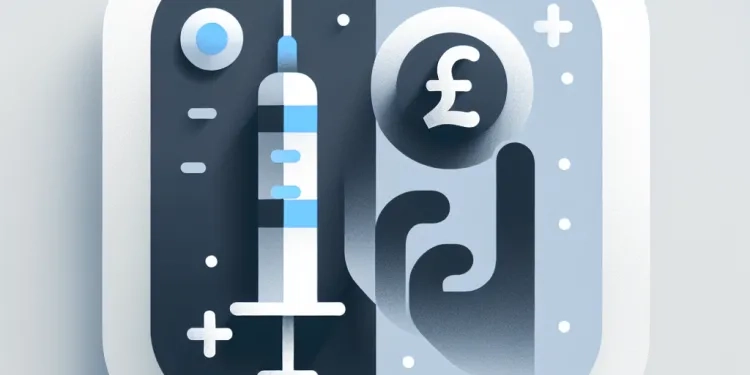
Find Help
More Items From Ergsy search
-

Is Botox safe?
Relevance: 100%
-
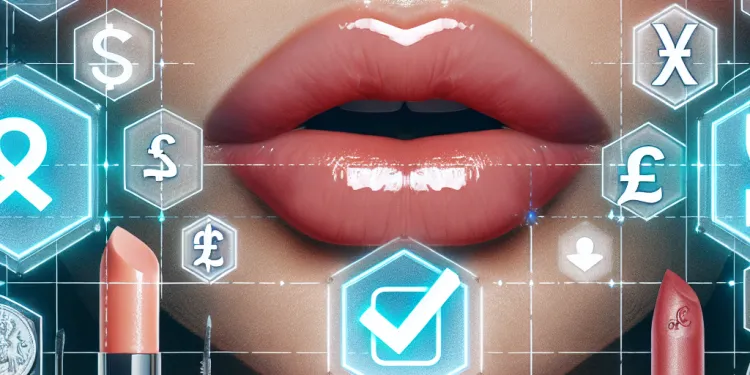
Is Botox safe?
Relevance: 100%
-

What is Botox?
Relevance: 100%
-
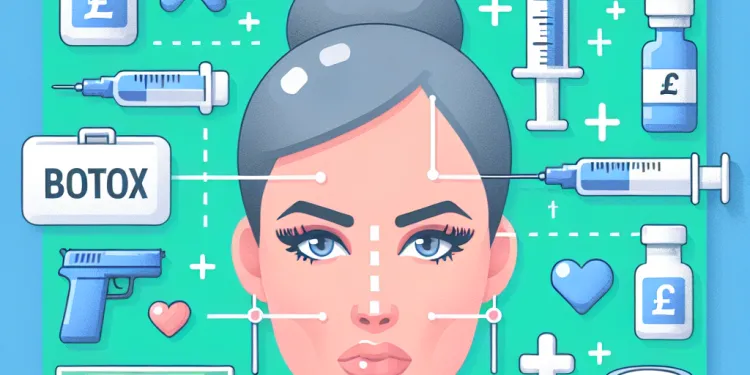
Is Botox vegan?
Relevance: 99%
-

What is Botox used for?
Relevance: 96%
-

Is Botox treatment expensive?
Relevance: 94%
-
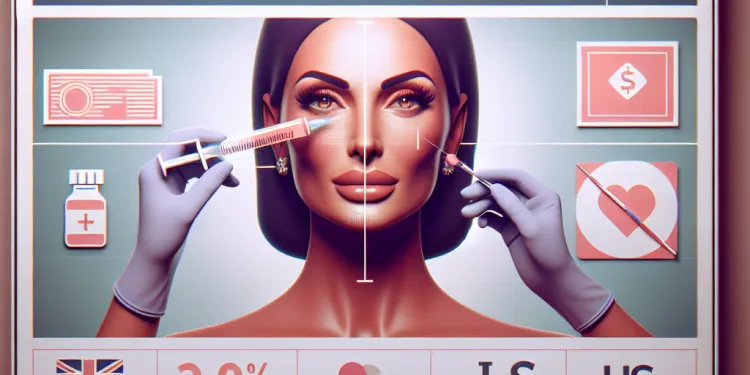
Does Botox hurt?
Relevance: 94%
-

What are the common uses of Botox?
Relevance: 93%
-

What is Botox made from?
Relevance: 92%
-
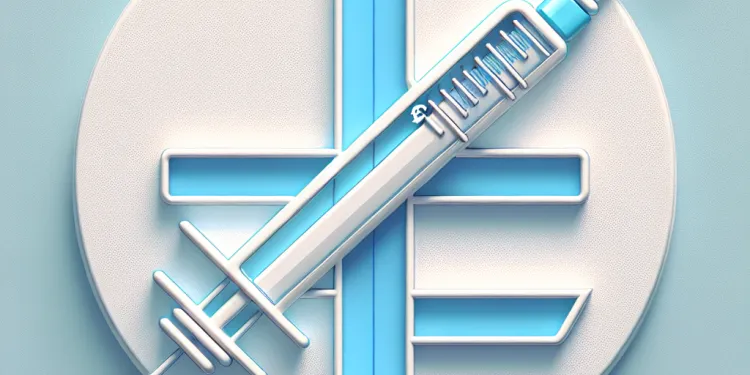
Who can administer Botox?
Relevance: 92%
-

How does Botox work?
Relevance: 92%
-
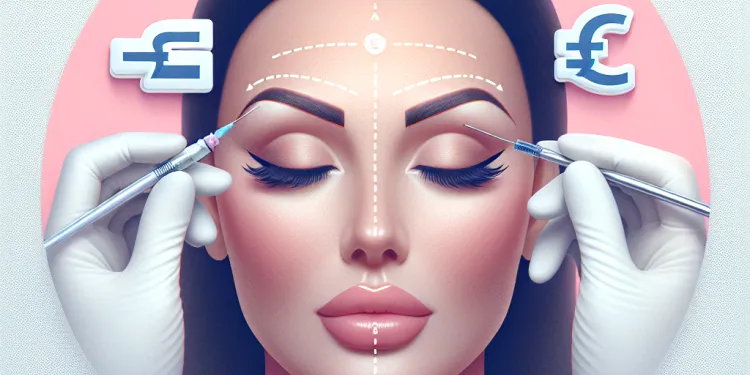
Can Botox lift my eyebrows?
Relevance: 92%
-
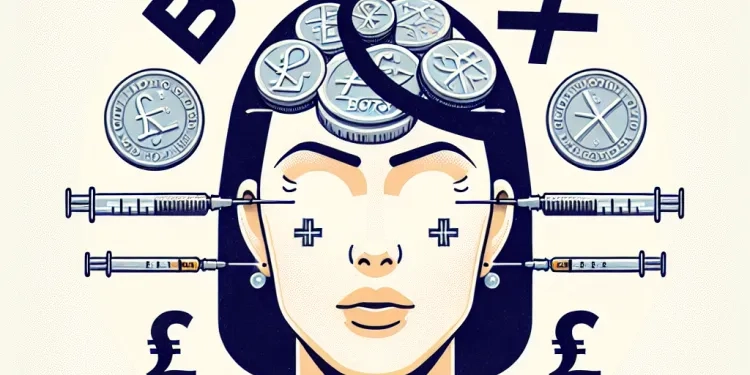
Can Botox be used for migraines?
Relevance: 92%
-

What are the side effects of Botox?
Relevance: 91%
-
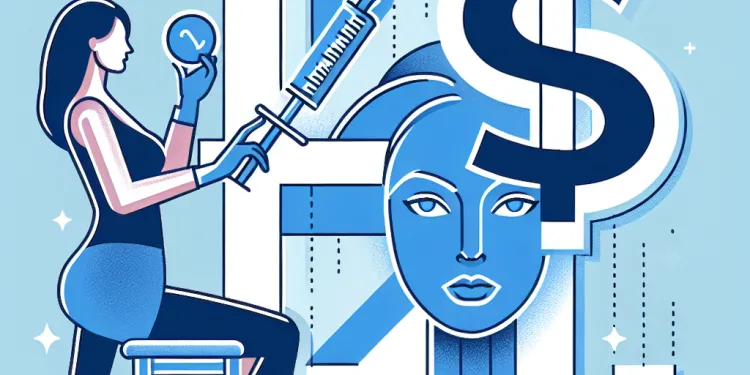
What are the side effects of Botox?
Relevance: 91%
-
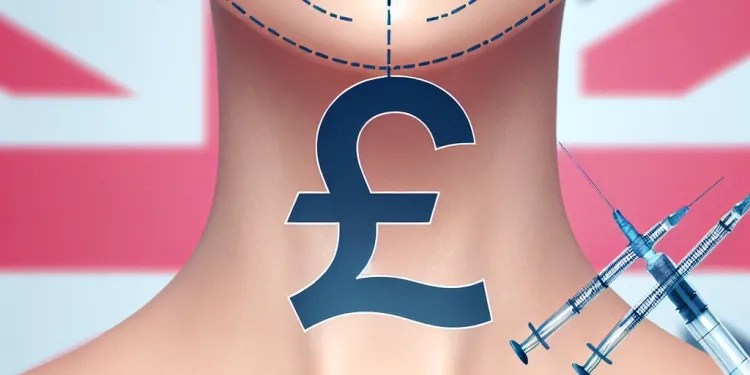
What areas can be treated with Botox?
Relevance: 90%
-
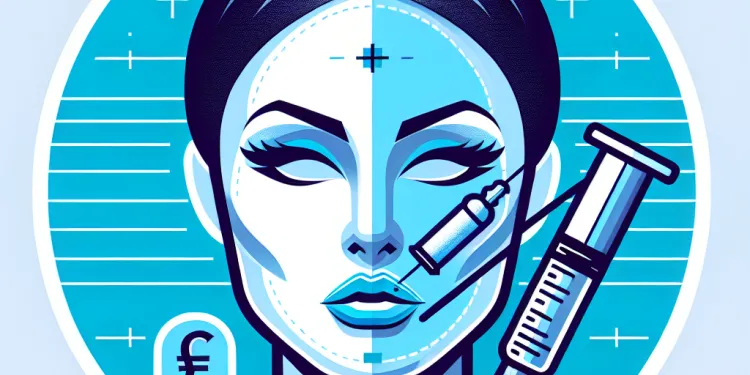
Does Botox injection hurt?
Relevance: 90%
-

How long does Botox last?
Relevance: 89%
-

Can Botox help with excessive sweating?
Relevance: 89%
-

Are there any long-term effects of using Botox?
Relevance: 89%
-
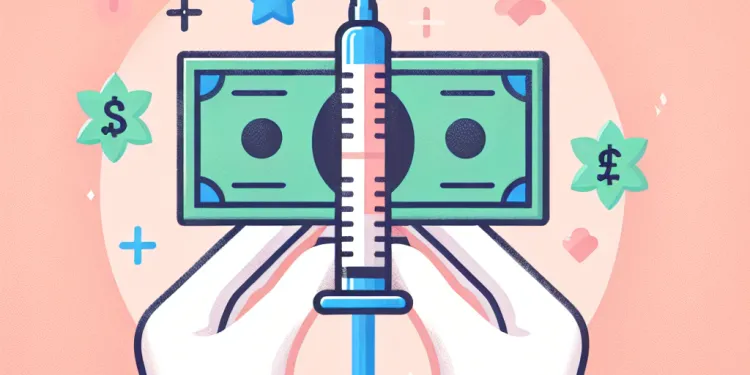
Can anyone get Botox treatments?
Relevance: 89%
-
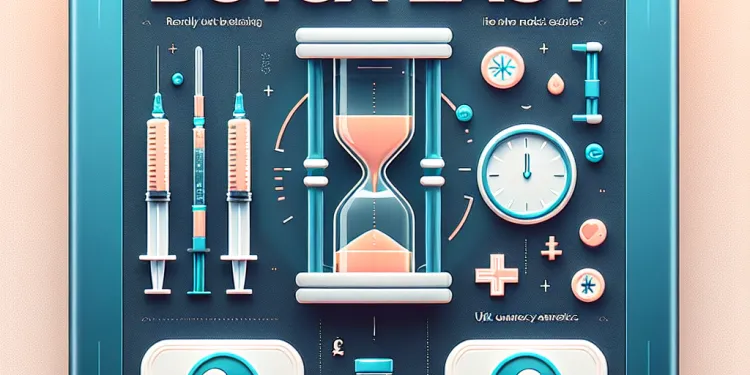
How long do the effects of Botox last?
Relevance: 88%
-

Can I get Botox while pregnant?
Relevance: 88%
-
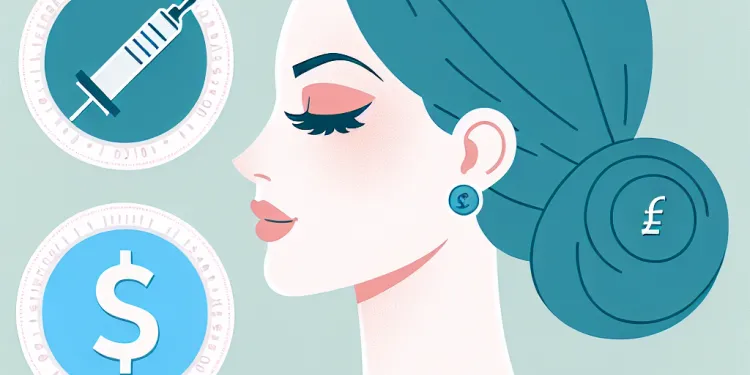
How much does Botox cost?
Relevance: 87%
-

Can I get Botulism from Botox Treatments?
Relevance: 86%
-

How often should I get Botox treatments?
Relevance: 86%
-

Can Botox cause serious health issues?
Relevance: 85%
-

How soon will I see results from Botox?
Relevance: 85%
-
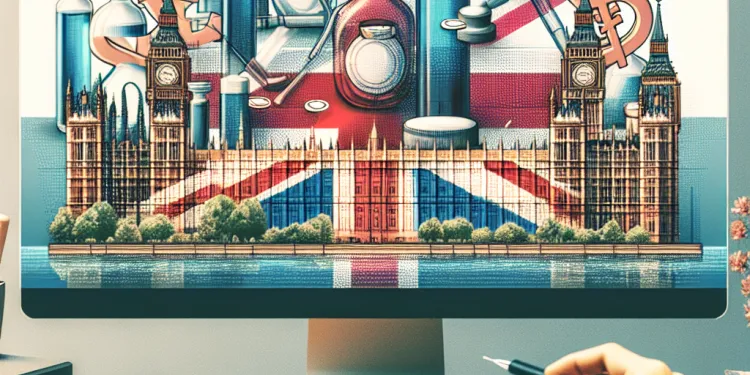
How does Botox work if it's related to botulism toxin?
Relevance: 85%
-

How long has Botox been used in medicine?
Relevance: 84%
-
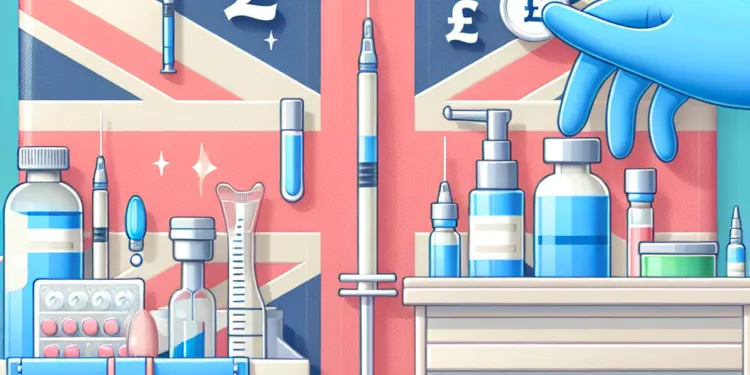
How should I prepare for a Botox appointment?
Relevance: 83%
-

Can Botox be used for treating conditions other than wrinkles?
Relevance: 83%
-
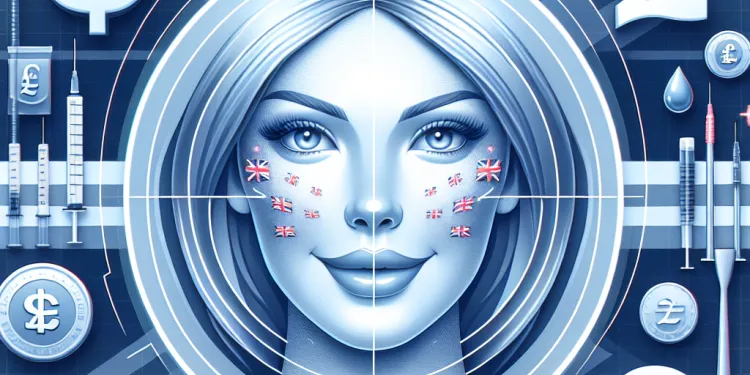
How should I choose a provider for Botox treatments?
Relevance: 82%
-
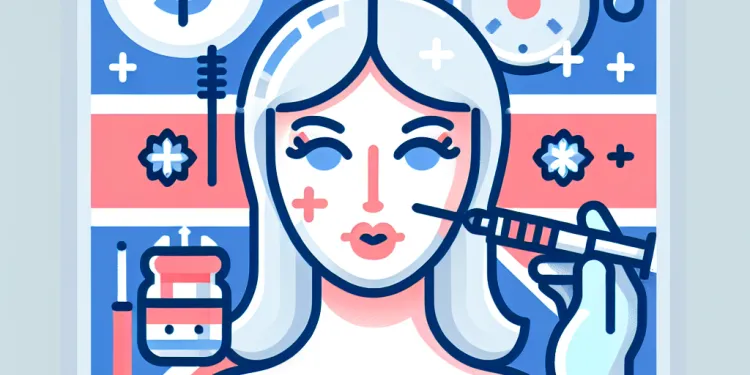
What precautions should I take before getting Botox?
Relevance: 80%
-

What should I do if I experience side effects after a Botox injection?
Relevance: 78%
-

Is it safe to go abroad for medical treatments such as botox?
Relevance: 60%
-

Can I get botulism from Botox treatments?
Relevance: 60%
-
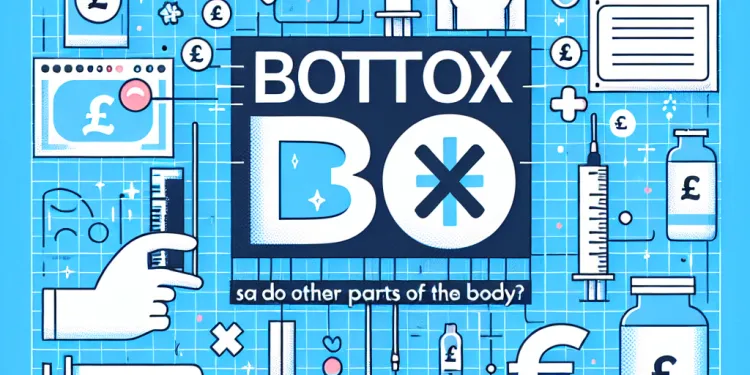
Can Botox spread to other parts of the body?
Relevance: 59%
-

How is Botox administered?
Relevance: 43%
-

Can you become immune to Botox?
Relevance: 36%
Introduction to Botox
Botox, a brand name for botulinum toxin type A, is a popular cosmetic treatment known for its ability to reduce the appearance of facial wrinkles. Originally approved for medical use in the UK in the 1980s, Botox has since become widely used for both aesthetic and medical purposes. Understanding how Botox works can help demystify its effects and potential benefits.
The Science Behind Botox
Botox works by temporarily blocking the signals from nerves to muscles. This is achieved through the injection of a small, controlled amount of botulinum toxin into specific muscles. The toxin prevents the release of a neurotransmitter called acetylcholine, which is responsible for muscle contraction. By inhibiting this process, Botox effectively causes the targeted muscles to relax, thereby smoothing out the overlying skin and reducing the appearance of wrinkles.
Common Uses of Botox
Botox is predominantly used to treat dynamic wrinkles, which are wrinkles that form from repetitive muscle movements, such as frown lines, crow's feet, and forehead lines. The procedure is generally quick, often taking only 10 to 15 minutes, and doesn't require anesthesia. Patients typically notice improvements within a few days, with effects lasting up to three to six months.
Medical Applications
In addition to its cosmetic uses, Botox is also employed in the treatment of various medical conditions. It is used to manage chronic migraines, reduce excessive sweating (hyperhidrosis), control muscle spasms, and treat conditions such as overactive bladder. In these cases, the mechanism remains similar: Botox relaxes muscle activity by blocking nerve signals.
Safety and Side Effects
Botox is considered safe when administered by a qualified healthcare provider. The most common side effects include temporary bruising, swelling, or redness at the injection site. In rare cases, patients might experience more serious effects, such as muscle weakness away from the site of injection. Therefore, it is crucial to consult with a certified and experienced practitioner to minimize risks.
Conclusion
Botox offers a non-surgical option for those seeking to reduce wrinkles or treat certain medical conditions. Its ability to selectively inhibit nerve signals to muscles allows it to smooth skin and alleviate specific symptoms. With its efficiency and minimal downtime, Botox continues to be a popular choice in both cosmetic and medical fields across the UK.
What is Botox?
Botox is a treatment that helps make skin look smoother by reducing wrinkles. It was first used as a medicine in the UK in the 1980s. Now, many people use Botox for beauty and health reasons. Learning how Botox works can help you understand what it does and its benefits.
How Does Botox Work?
Botox helps by stopping signals from nerves to muscles for a short time. Doctors put a small amount of a special substance called botulinum toxin into certain muscles. This stops something called acetylcholine, which makes muscles move. When muscles relax, the skin on top becomes smoother, making wrinkles look less noticeable.
What is Botox Used For?
Botox is mainly used for wrinkles that come from moving your face a lot, like frown lines and lines on your forehead. The Botox procedure is quick, usually taking 10 to 15 minutes, and you don't need medicine to make you sleepy. Most people see changes a few days after, and the effects can last three to six months.
Other Uses for Botox
Besides helping with wrinkles, Botox can also treat health problems. It can help with bad headaches, too much sweating, muscle spasms, and issues like an overactive bladder. In these cases, Botox works the same way by relaxing muscles.
Is Botox Safe?
When a trained doctor gives Botox, it is safe. The most common side effects are bruises, swelling, or redness where the injection happens. Sometimes there can be more serious effects, like muscle weakness in other areas. It's very important to see a qualified and experienced doctor to keep risks low.
Final Thoughts on Botox
Botox is a way to treat wrinkles and some health problems without surgery. It works by stopping nerve signals to certain muscles, helping the skin look smoother. Because it's quick and doesn't need much recovery time, Botox is a popular choice for beauty and health in the UK.
Frequently Asked Questions
What is Botox and how does it work?
Botox is a neurotoxin produced by the bacterium Clostridium botulinum. It works by temporarily blocking nerve signals to the muscles, preventing them from contracting.
What is the primary use of Botox?
Botox is primarily used to reduce the appearance of facial wrinkles and fine lines by relaxing the underlying muscles.
How long does it take for Botox to start working?
Botox typically starts working within 3 to 5 days after the injection, with full results visible in about 1 to 2 weeks.
How long do the effects of Botox last?
The effects of Botox usually last between 3 to 6 months, after which the muscle action gradually returns and wrinkles may reappear.
Is Botox safe?
Botox is considered safe when administered by a qualified healthcare professional. It has been approved by health authorities for various uses, including cosmetic and medical treatments.
Can Botox be used for medical conditions?
Yes, Botox is used to treat various medical conditions such as chronic migraine, overactive bladder, cervical dystonia, and excessive sweating (hyperhidrosis).
How is Botox administered?
Botox is administered using a fine needle to inject the substance directly into the muscles or skin at specific points.
What areas of the face are commonly treated with Botox?
Common areas treated with Botox include the forehead, crow's feet (around the eyes), and frown lines between the eyebrows.
Does Botox hurt?
Most patients experience only a mild discomfort, often described as a pinching or stinging sensation, during the injection process.
Are there any side effects of Botox?
Side effects can include bruising, swelling, redness at the injection site, and in rare cases, drooping eyelids or eyebrows.
Who should not receive Botox treatments?
Individuals who are pregnant, breastfeeding, allergic to any ingredients in Botox, or have certain neurological conditions should avoid Botox treatments.
How should I prepare for a Botox treatment?
Avoid alcohol and anti-inflammatory medications a few days before treatment to minimize bruising, and consult with your healthcare provider for specific instructions.
Can Botox prevent wrinkles?
Botox can prevent the formation of new wrinkles by relaxing the muscles, thereby reducing repetitive facial movements that contribute to wrinkles.
What happens if I stop getting Botox?
If you stop Botox treatments, your muscles will gradually regain their ability to contract, and your wrinkles will slowly return over time.
How much does Botox cost?
The cost of Botox varies widely depending on the provider, location, and the number of areas being treated. It's best to consult with a professional for an accurate estimate.
Is there an age limit for Botox treatments?
There is no specific age limit, but candidates are typically adults who are concerned about wrinkles or have medical conditions treatable with Botox.
Can Botox be combined with other cosmetic procedures?
Yes, Botox is often combined with other cosmetic procedures, such as dermal fillers or chemical peels, to enhance overall results.
How should I care for my skin after a Botox treatment?
Avoid rubbing the treated area, strenuous exercise, and lying down for several hours. Follow your provider's specific aftercare instructions.
Can Botox spread to other areas of the body?
When administered properly, Botox should remain in the injected area. Incorrect administration can lead to spreading and potential side effects.
How do I choose a qualified Botox provider?
Choose a licensed and experienced healthcare professional, such as a dermatologist or plastic surgeon, with a good reputation and proven track record with Botox treatments.
What is Botox and How Does It Work?
Botox is a kind of medicine. It helps make wrinkles go away. Doctors use it to make people’s skin look smoother.
How does Botox work?
- Botox goes into the muscles under the skin.
- It stops the muscles from moving too much.
- This makes the wrinkles get smaller or disappear.
Want to learn more? You can ask your doctor or look up pictures online. There are also videos that show how Botox helps skin. Remember, it’s okay to have questions!
Botox is a special medicine made by tiny germs called Clostridium botulinum. It works by stopping the messages from the nerves to the muscles. This means the muscles cannot move for a while.
What is Botox used for?
Botox helps make wrinkles and fine lines on the face look smaller. It works by making the muscles under the skin relax.
When will Botox start to work?
After you get a Botox shot, it might take a little time to see it working.
Usually, you can see changes in 3 to 5 days.
It works for most people by 2 weeks.
If you're waiting, you can set a reminder to check after 3 days and then 2 weeks.
You can also talk to your doctor if you have questions.
Botox starts to work 3 to 5 days after it is given. You can see how well it works in 1 to 2 weeks.
How long does Botox last?
Botox is a special medicine that helps smooth out wrinkles on your face.
The effect of Botox usually lasts about 3 to 4 months. Sometimes it might last a little longer or shorter.
If you want to keep your skin looking smooth, you might need to get Botox again after it wears off.
Having a calendar or setting a reminder on your phone can help you remember when to get your next Botox treatment.
Botox works for about 3 to 6 months. After that, your muscles start moving again, and lines or wrinkles might come back.
Is Botox safe?
Botox is a medicine that helps with wrinkles. Doctors usually give Botox shots.
If a doctor gives Botox, it is safe. But, like all medicines, it can have side effects.
It’s essential to talk to a doctor before getting Botox. The doctor can explain how it works and answer any questions.
Helpful tip: Ask a friend or family member to come with you to the doctor. They can help you remember what the doctor says.
Botox is safe if it is given by a trained doctor or nurse. It can be used to help with how we look and for some health problems.
Can Botox help with health problems?
Botox is not just for beauty. Doctors sometimes use it to help with some health problems.
If you want to know more, you can ask a doctor.
Tools like picture books or videos can also help you learn.
Yes, doctors use Botox to help with some health problems. It can help with bad headaches that happen a lot (called chronic migraine). It can also help if you need to pee too often (this is called overactive bladder). Botox is used for neck pain that comes from muscles being too tight (that's cervical dystonia). It also helps if you sweat too much (that's called excessive sweating or hyperhidrosis).
If reading this feels hard, you can try a tool that reads the text out loud. You can also use colorful highlighters to mark words you know well and ones you want to learn.
How do you get Botox?
Here's how you get Botox:
- You visit a doctor's office.
- The doctor will clean your skin.
- The doctor uses a small needle.
- The doctor puts the Botox in your skin.
- It feels like a little pinch.
- You can go home the same day.
If you need help or have questions, you can:
- Ask your doctor to explain more.
- Bring someone with you to help listen.
- Write down any questions before going.
Doctors use a small needle to give a shot of Botox. They put it in the muscles or skin in certain places.
What parts of the face can get Botox?
People often use Botox to treat wrinkles. The common places for Botox are:
- The forehead (the top part of your face above your eyes)
- Around the eyes (also known as crow's feet)
- Between the eyebrows (these are frown lines)
Some tools and ways that can help you understand better are using pictures or videos. Ask someone to explain if you have questions.
Does Botox hurt?
Getting Botox might feel a little strange, but it should not hurt a lot. Some people feel a tiny pinch or sting. If you are worried, you can talk to the doctor about it.
You can use an ice pack or numbing cream to help feel better. Always ask the doctor if you have questions.
Most people feel a little bit of pain, like a small pinch or sting, when they get a shot.
Does Botox have any side effects?
When you get this treatment, some things might happen. You could get a bruise, feel a bit swollen, or see some redness where you got the injection.
Sometimes, but not often, your eyelids or eyebrows might droop a bit.
If you're worried, talk to your doctor or a nurse. They can help explain things and make you feel better.
Who should not get Botox?
If you are having a baby, feeding your baby with your milk, are allergic to what is in Botox, or have problems with your nerves, you should not use Botox.
How can I get ready for a Botox appointment?
Going to get Botox? Here’s how to get ready:
- Don't drink alcohol for a few days before.
- Try not to take medicines like aspirin before going. Ask your doctor if you're unsure.
- Eat healthy food and drink lots of water.
- Get lots of sleep the night before.
Getting prepared can help you feel great. If you have questions, talk to your doctor or a grown-up you trust. Using pictures or asking someone to come with you can also help.
Do not drink alcohol or take pain pills a few days before your treatment to help stop bruising. Talk to your doctor or nurse to know what else you should do.
Can Botox stop lines on your skin?
Botox might help stop lines from appearing on your skin. Lines on the skin are also called wrinkles.
Some people use Botox to keep their face looking smooth.
Botox is given with tiny needles. A doctor usually does this at a special place like a clinic.
If you want to know more, talk to a doctor or someone you trust.
Using pictures or videos can help you understand better.
Botox can help stop new wrinkles from forming. It works by making your face muscles relax. This means you move your face less, and fewer wrinkles form.
To remember this better, you can:
- Use friendly apps that read text out loud.
- Draw pictures to show how Botox relaxes muscles.
- Talk to someone who can explain it in a simple way.
What happens if I stop getting Botox?
Botox helps to smooth out lines and wrinkles on your face. If you stop using Botox, your face will go back to how it looked before. This might mean more lines and wrinkles. It's okay to stop if you want to.
Here are some tips to help:
- Use a good skin cream to keep skin soft.
- Drink water to stay healthy.
- Wear sunscreen to protect your skin from the sun.
- Talk to your doctor if you have questions.
If you stop getting Botox, your muscles will start to work again slowly. This means your wrinkles will come back after a while.
What is the price of Botox?
Botox prices can be different. It depends on who gives you the treatment, where you get it, and how many parts of your body you want treated. Talk to an expert to get a good idea of how much it will cost.
Can someone be too young or too old for Botox?
There is no age limit, but people who usually get Botox are adults worried about wrinkles or have health issues that Botox can help with.
Can Botox be used with other beauty treatments?
Yes, people often use Botox with other treatments. These treatments can be fillers or chemical peels. Doing this can make their skin look even better.
How do I look after my skin after Botox?
Here are some easy steps:
- No Rubbing: Don't touch or rub your face for the first day.
- Stay Upright: Keep your head up and don't lie down for a few hours.
- Avoid Heat: Don't go in the sun, a sauna, or a hot bath for 24 hours.
- Skip Exercise: Wait a day before doing exercise.
- Follow Doctor's Advice: Listen to what your doctor says.
Use alarms or reminders to help remember these steps.
Don't rub the treated area. Avoid heavy exercise. Stay sitting up for a few hours. Follow what your doctor says about taking care of yourself.
Can Botox move to other parts of your body?
Botox is a medicine that helps with wrinkles. Some people worry if it can move to other parts of the body.
Usually, Botox stays where the doctor puts it. But if it gets into your blood, it might move a little bit.
If you have worries, talk to your doctor. They can tell you what to do.
You can also use tools like videos or pictures to help understand better. Always ask questions if something is unclear.
When Botox is used the right way, it stays where it is put. If it's not used correctly, it can move and cause problems.
How do I pick the right person to give me Botox?
Picking someone to give you Botox can be hard. Here are some tips to help:
- Find a doctor: Make sure they are trained to give Botox.
- Check their experience: See how long they have been giving Botox.
- Look at reviews: Read what other people say about them.
- Ask questions: Talk to them about how Botox works.
If reading is difficult, you can:
- Use text-to-speech apps to hear the information.
- Ask someone you trust to help you read.
Find a doctor or skin doctor who knows a lot about Botox. They should be well-trained and have helped many people before. Make sure they are good at what they do and people say nice things about them.
Useful Links
- Ergsy carfully checks the information in the videos we provide here.
- Videos shown by Youtube after a video has completed, have NOT been reviewed by ERGSY.
- To view, click the arrow in centre of video.
- Most of the videos you find here will have subtitles and/or closed captions available.
- You may need to turn these on, and choose your preferred language.
- Go to the video you'd like to watch.
- If closed captions (CC) are available, settings will be visible on the bottom right of the video player.
- To turn on Captions, click settings .
- To turn off Captions, click settings again.
More Items From Ergsy search
-

Is Botox safe?
Relevance: 100%
-

Is Botox safe?
Relevance: 100%
-

What is Botox?
Relevance: 100%
-

Is Botox vegan?
Relevance: 99%
-

What is Botox used for?
Relevance: 96%
-

Is Botox treatment expensive?
Relevance: 94%
-

Does Botox hurt?
Relevance: 94%
-

What are the common uses of Botox?
Relevance: 93%
-

What is Botox made from?
Relevance: 92%
-

Who can administer Botox?
Relevance: 92%
-

How does Botox work?
Relevance: 92%
-

Can Botox lift my eyebrows?
Relevance: 92%
-

Can Botox be used for migraines?
Relevance: 92%
-

What are the side effects of Botox?
Relevance: 91%
-

What are the side effects of Botox?
Relevance: 91%
-

What areas can be treated with Botox?
Relevance: 90%
-

Does Botox injection hurt?
Relevance: 90%
-

How long does Botox last?
Relevance: 89%
-

Can Botox help with excessive sweating?
Relevance: 89%
-

Are there any long-term effects of using Botox?
Relevance: 89%
-

Can anyone get Botox treatments?
Relevance: 89%
-

How long do the effects of Botox last?
Relevance: 88%
-

Can I get Botox while pregnant?
Relevance: 88%
-

How much does Botox cost?
Relevance: 87%
-

Can I get Botulism from Botox Treatments?
Relevance: 86%
-

How often should I get Botox treatments?
Relevance: 86%
-

Can Botox cause serious health issues?
Relevance: 85%
-

How soon will I see results from Botox?
Relevance: 85%
-

How does Botox work if it's related to botulism toxin?
Relevance: 85%
-

How long has Botox been used in medicine?
Relevance: 84%
-

How should I prepare for a Botox appointment?
Relevance: 83%
-

Can Botox be used for treating conditions other than wrinkles?
Relevance: 83%
-

How should I choose a provider for Botox treatments?
Relevance: 82%
-

What precautions should I take before getting Botox?
Relevance: 80%
-

What should I do if I experience side effects after a Botox injection?
Relevance: 78%
-

Is it safe to go abroad for medical treatments such as botox?
Relevance: 60%
-

Can I get botulism from Botox treatments?
Relevance: 60%
-

Can Botox spread to other parts of the body?
Relevance: 59%
-

How is Botox administered?
Relevance: 43%
-

Can you become immune to Botox?
Relevance: 36%


